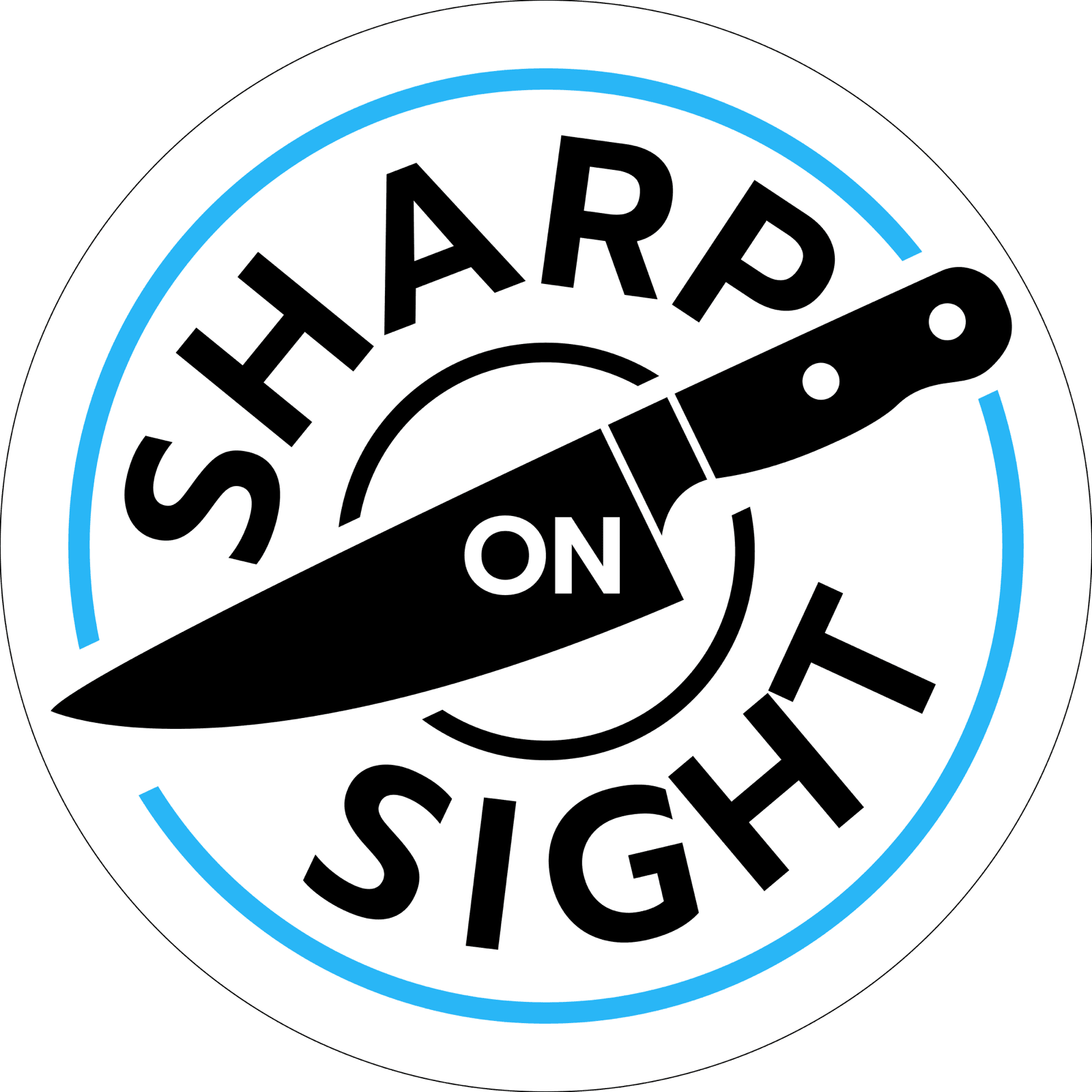Sharpening a Knife Without a Traditional Sharpener: Practical Tips and Techniques

A sharp knife is a chef's best friend. Not only does it make kitchen tasks easier and more efficient, but it also reduces the risk of accidents caused by applying too much pressure on a dull blade. However, what do you do when you find your knife's edge lacking, and you don't have a sharpener on hand? Fear not, as there are several alternative methods to get your knives slicing smoothly again using everyday items you likely have around your house. This blog post will walk you through practical, step-by-step instructions on how to sharpen a knife without a traditional sharpener, ensuring your blades are in top condition.
Why Keep Your Knife Sharp?
- Safety: A sharp knife is safer as it requires less force to cut through food, reducing the risk of the knife slipping.
- Efficiency: Sharp knives make cutting tasks quicker and more precise, enhancing your cooking experience.
- Preservation of Food Quality: Clean cuts preserve the integrity and appearance of ingredients.
Alternative Sharpening Methods
Before diving into the methods, let's talk safety. Always handle the knife carefully, keeping your fingers away from the edge as you work. Use a stable surface and ensure the item you're using for sharpening is securely positioned.
1. Using a Ceramic Mug or Plate
- What You Need: A ceramic mug or plate with an unglazed bottom edge.
- Steps: Place the mug or plate upside down on a flat surface.
Hold the knife at a 20-degree angle against the rough edge.
Gently slide the blade across the ceramic, pulling it from the handle to the tip. Repeat this motion 5-10 times on each side of the blade.
Rinse the knife and wipe it dry.
2. Sandpaper Method
- What You Need: A piece of sandpaper (start with a coarser grit and finish with a finer grit).
- Steps: Place the sandpaper on a flat surface, securing it so it doesn’t slip.
Hold the knife at a 20-degree angle and draw the blade across the sandpaper, from the base to the tip. Repeat 5-10 times per side.
Switch to a finer grit sandpaper and repeat for a smoother finish.
3. Leather Belt Strop
- What You Need: A leather belt (the smoother side).
- Steps:After using any of the above methods, you can refine the edge by dragging it along the leather belt.
Hold the knife at a slightly more acute angle than used for sharpening and pull it across the belt away from the cutting edge. This process aligns the edge without removing more material.
4. The Bottom of Another Knife (Back Spine Sharpening)
- What You Need: Another knife (use the back spine of the knife, not the edge).
- Steps:Hold the dull knife at a 20-degree angle to the back spine of the other knife.
Gently slide it from handle to tip, repeating several times on each side of the blade.
This method is more about honing the edge and is best for knives that are already somewhat sharp.
Maintenance Tips
- Regularly hone your knife with a honing rod to maintain the edge between sharpenings.
- Wash your knife by hand and dry it immediately to prevent corrosion.
- Store your knives in a block or on a magnetic strip to keep edges from dulling.
Message Sharp On Sight | Local Sharpening Pros
Ready for Razor-Sharp Precision?
Whether you're looking for a quote or just have a question, I'm here to help. Reach out, and let's bring those edges back to life.
